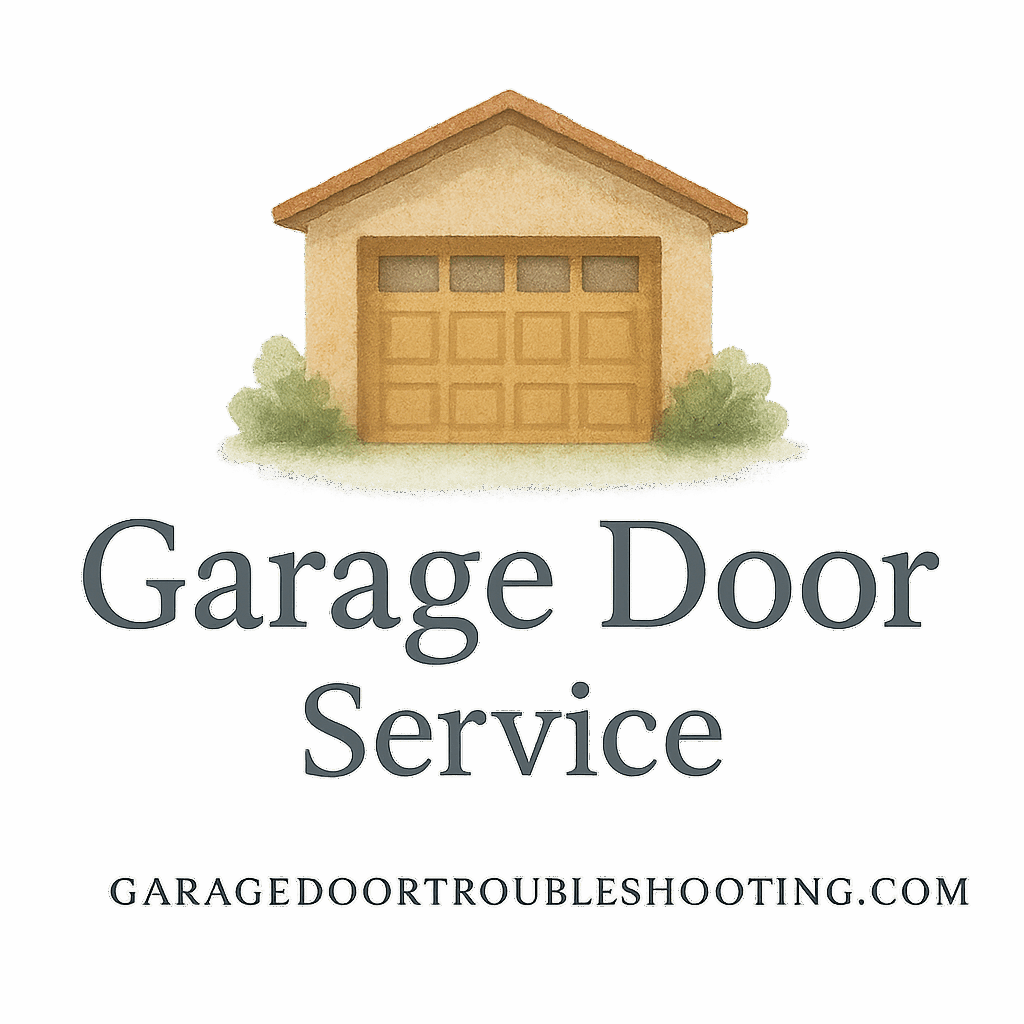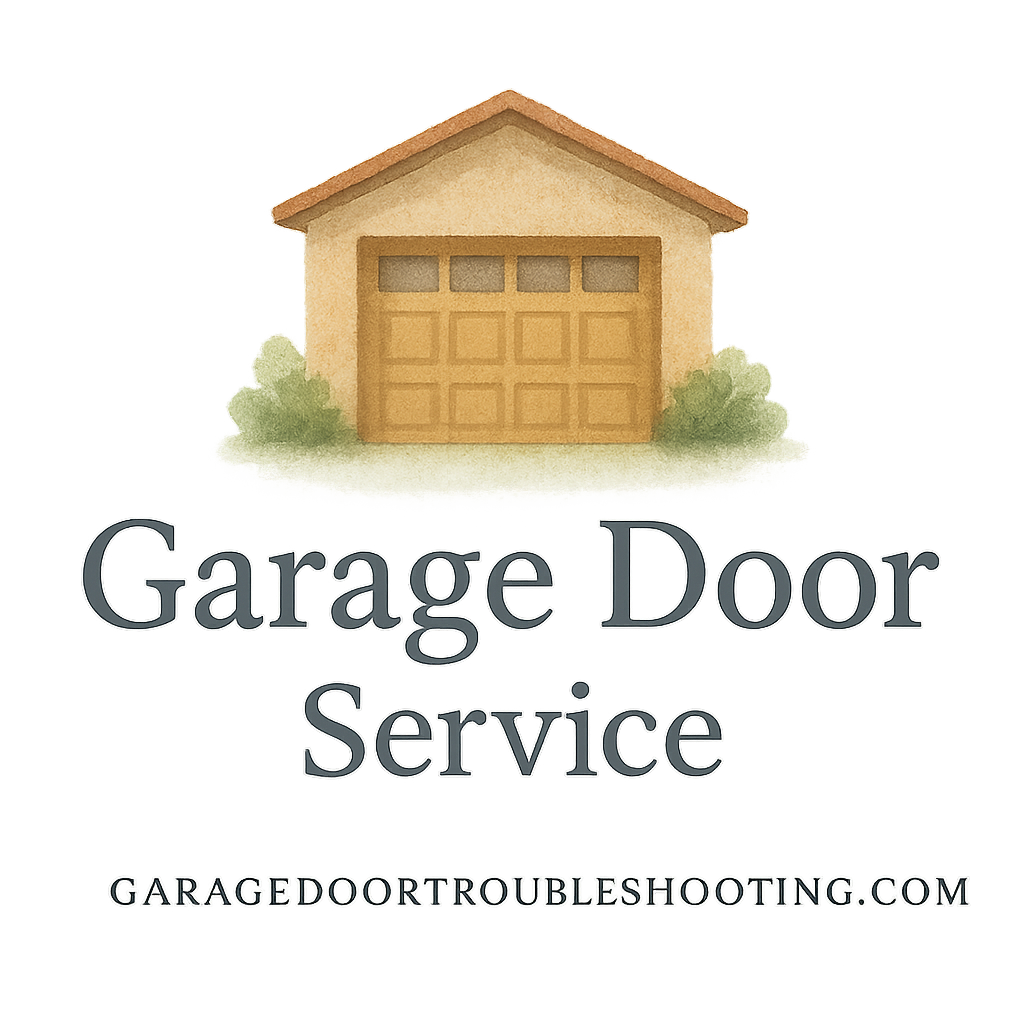Why Garage Door Maintenance Plans Matter
If you own a home, your garage door probably gets used more than your front door. But here’s the thing—most homeowners don’t think twice about it until it stops working. That’s where garage door maintenance plans come in. They’re like insurance for your door—preventing expensive headaches before they even start.
The Cost of Ignoring Maintenance
Think skipping maintenance saves you money? Think again. A single repair, like replacing a broken spring, can cost hundreds of dollars. Ignore it long enough, and you might even need a full replacement. By contrast, following structured maintenance tips can extend your door’s lifespan by years.
Benefits of Long-Term Care
From smoother operation to better security, regular maintenance saves you time, money, and stress. Plus, it keeps your family safe by ensuring the door’s safety systems are always in top shape. That’s why many professionals recommend scheduling garage door services just like you would with your car.
Understanding Garage Door Systems
Before diving into specific plans, let’s break down the system itself.
Key Components That Need Regular Checks
- Springs and cables – the muscle of your door.
- Tracks and rollers – guide the motion.
- Sensors and opener – the brains and safety systems.
- Panels and seals – protect from weather and damage.
Common Repair Issues Homeowners Face
From squeaky rollers to off-track doors, many repairs are preventable with the right maintenance plan. But neglect usually means bigger problems down the road—think snapped cables or broken springs.
Maintenance Plan #1: Seasonal Inspections
Seasonal inspections are the backbone of any good garage door maintenance plan.
Spring and Summer Checklist
- Inspect tracks for rust or debris.
- Tighten bolts and screws.
- Test balance by disconnecting the opener and lifting manually.
Fall and Winter Checklist
- Check weatherstripping and seals for cracks.
- Test the auto-reverse before icy conditions hit.
- Clear tracks of dirt and leaves to prevent jams.
Regular seasonal checks help you avoid emergency garage door repair guides later.
Maintenance Plan #2: Lubrication Schedule
Lubrication may seem like a small thing, but trust me, it makes a huge difference.
Which Parts Need Lubrication?
- Hinges
- Rollers
- Springs
- Chains or screws in the opener
The Best Products to Use
Skip the WD-40—it’s a degreaser, not a lubricant. Instead, use a silicone or lithium-based spray. With the right products, you’ll extend the life of your moving parts and avoid grinding noises that signal wear.
For step-by-step garage door maintenance tips, check out Garage Door Troubleshooting.
Maintenance Plan #3: Safety and Security Testing
Your garage door isn’t just about convenience—it’s also about safety.
Checking Sensors and Auto-Reverse
Every month, test your auto-reverse feature with a block of wood. If the door doesn’t bounce back immediately, it’s time to adjust or replace the sensors.
Why Childproofing Matters
Kids are naturally curious. A faulty door sensor is a serious hazard. That’s why many homeowners use childproof safety precautions like sensor guards and monthly tests. More on that in garage door safety & security.

Maintenance Plan #4: Professional Service Contracts
Not everyone is a DIY pro—and that’s okay.
Choosing the Right Provider
Look for certified technicians with good reviews. A professional brings experience, the right tools, and the ability to spot small issues before they become big ones.
Service Contracts vs. One-Time Repairs
A service contract spreads costs out over the year, covers multiple inspections, and ensures priority service when needed. One-time repairs may be cheaper upfront but are usually costlier long-term. Find trusted help at garage door services professionals.
Maintenance Plan #5: DIY Garage Door Care
You don’t need to call a pro for everything.
Simple Tasks Homeowners Can Handle
- Cleaning tracks with mild soap.
- Replacing remote batteries.
- Checking for loose nuts and bolts.
When to Call a Professional Instead
Never attempt repairs involving springs, cables, or dangerous repairs—these are high-tension parts that can cause serious injury. Always call a professional when you’re unsure. Learn more in DIY vs professional repairs.
Maintenance Plan #6: Planning for Replacement
Even the best-maintained doors don’t last forever.
Knowing When It’s Time for a New Door
If your door is over 20 years old, struggles to open, or constantly breaks down, replacement might be the smarter move.
Installation Tips for Long-Term Reliability
Choose high-quality materials, professional installation, and proper insulation. Good planning ensures fewer repairs down the road. Explore garage door installation advice.
Precautions and Safety Measures
Safety should always come first in any garage door maintenance plan.
Avoiding Dangerous Repairs at Home
Springs under tension can snap with deadly force. If you’re not trained, don’t touch them. Read up on dangerous repairs before even considering DIY fixes.
Safety Gear and Family Awareness
Gloves, goggles, and clear family rules (like “no playing near the door”) can go a long way in preventing accidents.
Building a Personalized Maintenance Plan
No two homes are alike.
Tailoring Care to Usage and Climate
Live in a snowy area? Your door needs extra seal checks. Use your garage door ten times a day? You’ll need more frequent lubrication.
Setting a Family-Friendly Schedule
Pick a weekend every few months to run through your checklist. Get the family involved—it’s easier (and safer) when everyone’s aware of how the system works. For more homeowner tips, visit Garage Door Troubleshooting.
Conclusion
A well-structured garage door maintenance plan isn’t just about avoiding costly repairs—it’s about protecting your family, your home, and your wallet. By following these six plans—seasonal inspections, lubrication, safety checks, professional service, DIY care, and planning for replacement—you’ll enjoy a door that’s safe, reliable, and long-lasting.
So, don’t wait for a breakdown. Start your maintenance plan today and give your garage door the long, smooth life it deserves.
FAQs
1. How often should I schedule garage door inspections?
Twice a year is ideal—once in spring and once in fall.
2. What’s the best lubricant for garage doors?
A silicone or lithium-based spray is best—never WD-40.
3. Can I replace garage door springs myself?
No. It’s extremely dangerous. Always call a professional.
4. How do I know if my garage door needs replacing?
Frequent breakdowns, loud noises, or a door older than 20 years usually signal replacement time.
5. Are service contracts worth it?
Yes—especially if you use your garage door daily. They spread costs and ensure preventative care.
6. What’s the most common garage door repair issue?
Broken springs and misaligned sensors are at the top of the list.
7. How can I make my garage door safer for kids?
Regularly test sensors, add safety guards, and teach kids never to play near the door.


